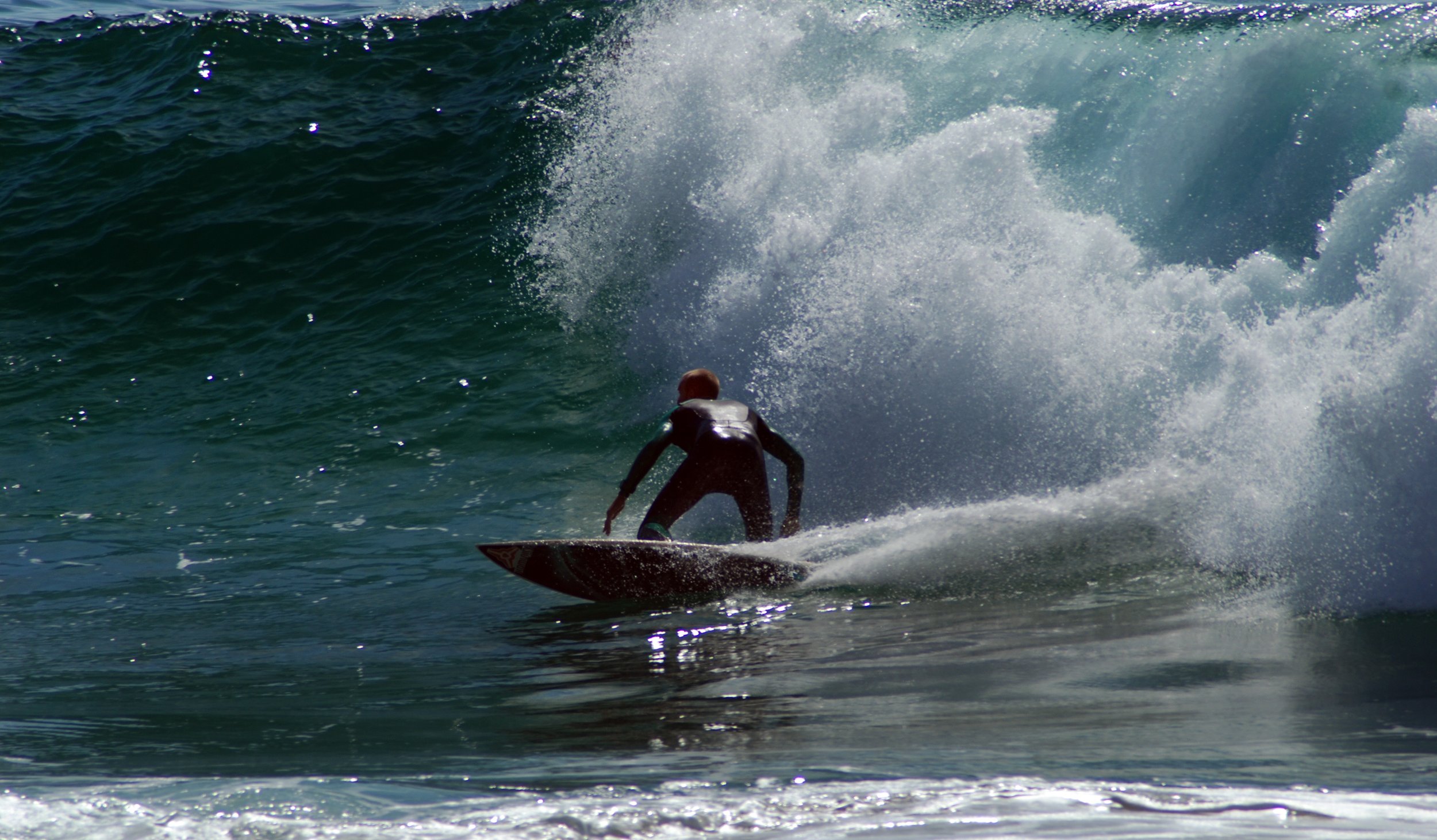Surfers Series 2, practice 2: Yoga and Embodiment
Written By Sue Dawson
Explore and master five Embodied Yoga poses to improve your strength, flexibility, and fluidity in the water and the body-mind.
Welcome back.
As a surfer, you're constantly seeking ways to enhance your balance, flexibility, and strength to master the waves. Incorporating yoga into your routine can significantly improve these key aspects of your performance, while also addressing the often overlooked connection between the hip and jaw. In this section, we'll explore a series of yoga poses tailored specifically for surfers, focusing on releasing tension, improving body awareness, and increasing overall mobility.
Yoga not only benefits your physical abilities but also cultivates mental resilience and focus, essential for navigating the ever-changing conditions of the ocean. By embracing a regular yoga practice, you'll find harmony in your body, mind, and spirit, both on and off the board. Read on to discover how yoga can revolutionize your surfing experience and help you ride the waves with newfound grace and ease.
Vinyasa Yoga poses: Try each pose on its own and stay for several breaths, mastering the embodiment,
Mountain Pose (Tadasana) Stand with your feet hip joint width apart, or challenge your balance by having them together, root your feet down firmly, feeling the energy move down into the Earth, feel a sense of boyouncy through the upper body, Let the chest be open yet relaxed and the arms hang, like a giant heavy cape, off your shoulder joints. Use this time to centre yourself, feel grounded and connected. Where you become one with your breath and your mind-body. Find a rhythm. either step back into warrior ll or
Warrior II (Virabhadrasana II): Stand with your feet wide apart, turning your front foot outward and your back foot slightly inward. Bend your front knee, keeping it aligned over your ankle, and extend your arms out to the sides at shoulder height. Gaze over your front hand. Get steady and rooted into your feet, find a sense of buoyancy in the upper body and heaviness into the legs. Can you outstretch your arms without gripping in the shoulder, or restricting your breath? Can your jaw relax? Try pressing the tongue gently up to the roof of the mouth, how does this feel? Do you get a sense of lifting up internally? How does these cues help for standing on the board?
Triangle Pose (Trikonasana): Stand with your feet wide apart, turning your front foot outward and your back foot slightly inward. Extend your arms out to the sides at shoulder height. Reach forward with your front hand, then lower it to your shin, ankle, the floor. or alternatively, use a Yoga block. Extend your other arm straight up or even try wrapping it behind your back. Alignment and posture is key to triangle pose, Don’t go for depth over alignment, keep to good habits and alignments. This is the way to improve movement and skills.
Plank Pose (Kumbhakasana): From Downward-Facing Dog, shift your weight forward, aligning your shoulders over your wrists and engaging your core deeper on each exhalation, Have a sense of internal strengthening mid line of your body, from head to heels. Regulate and find a rhythm to your breath. Where do you hold tension? Can you let it go through awareness? Can you sense length that has no boundary?
Downward-Facing Dog (Adho Mukha Svanasana): Begin on your hands and knees, then lift your hips upward, straightening your arms and legs. Lengthen your heels toward the floor allowing time and gravity to play a part on increasing flexibility. Feel the arms strong and powerful, notice how you need this feeling of push through your arms when you pop up. Do you feel your weight moving down into your hands, up toward your shoulders, both or none?
Tree pose (Vrksasana) Standing in mountain pose (Tadasana) then fold your right knee up into your body, hold the knee and move the bent leg out to the side, place the right foot on the left inner thigh, calf or ankle. Find a sense of equal connection of meeting between foot and opposite leg, balance of meeting of legs. Release the hand and reach unto the sky, challenging your balance and open the right hip. Can you feel the femoral head of the leg nestling into the hip socket, not pushing it out but sense how it rolls into the socket and how you can improve your flexibility and mobility of the joint by awareness of its movement, Relax your breath, find a gaze point (dristi) Embody feeling more like a bamboo or willow tree that is resilient and flexible rather than feeling rigid and stiff which is more breakable and less resilient, Don’t worry if you wobble, it is keeping your nervous system awake and adaptable to change. Use this as a mind practice of humility. Repeat on the other leg. Notice your balance from right to left, notice the hip joint and knee joint variability.
You may wish now to find a flow between these poses. You can try out this video clip using these poses as the main practice.
Thank you for joining me and I look forward to meeting you in the next practice.
love Sue xx
Join me on the mat or please get in touch you would like to book a 1-1 session, course or retreat
Surfer in photo: Jez Browning

